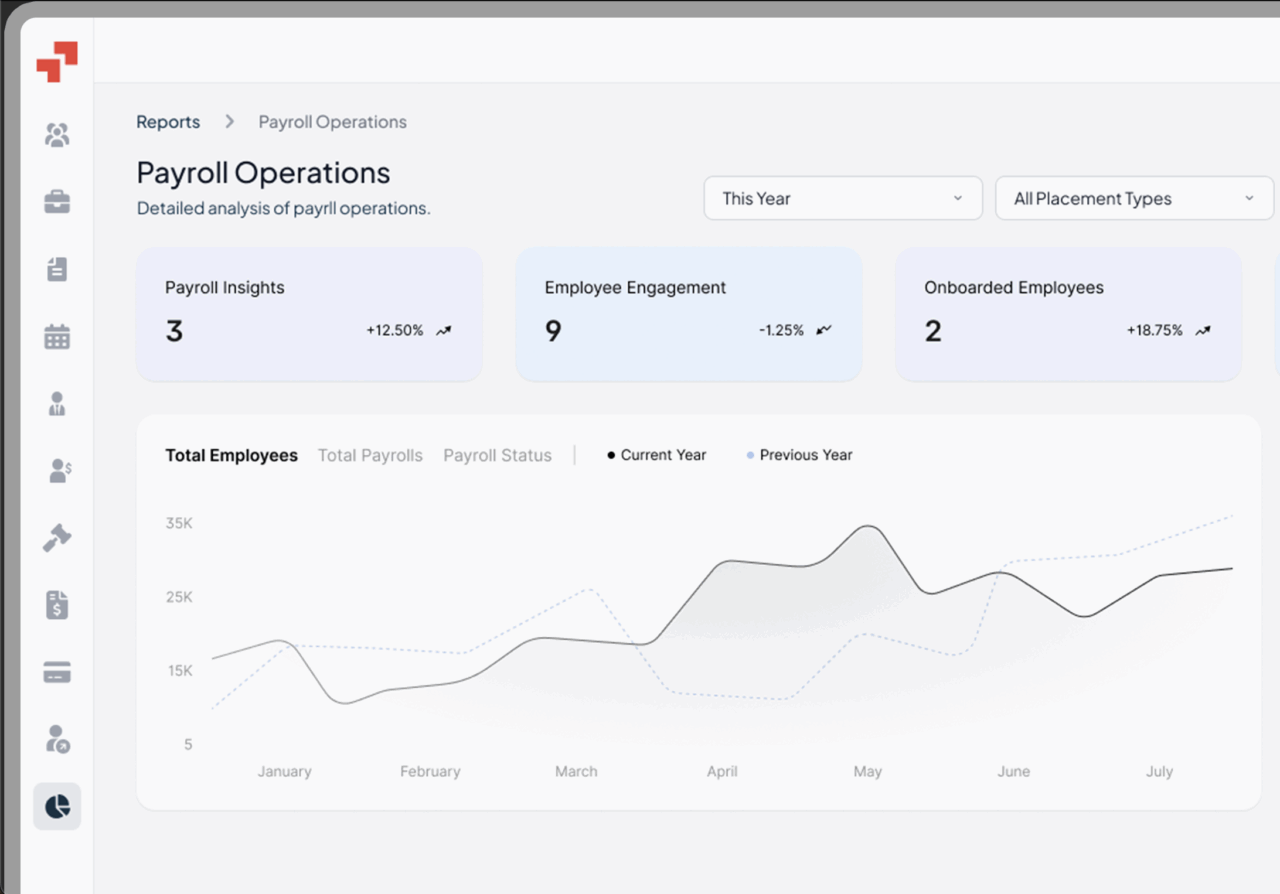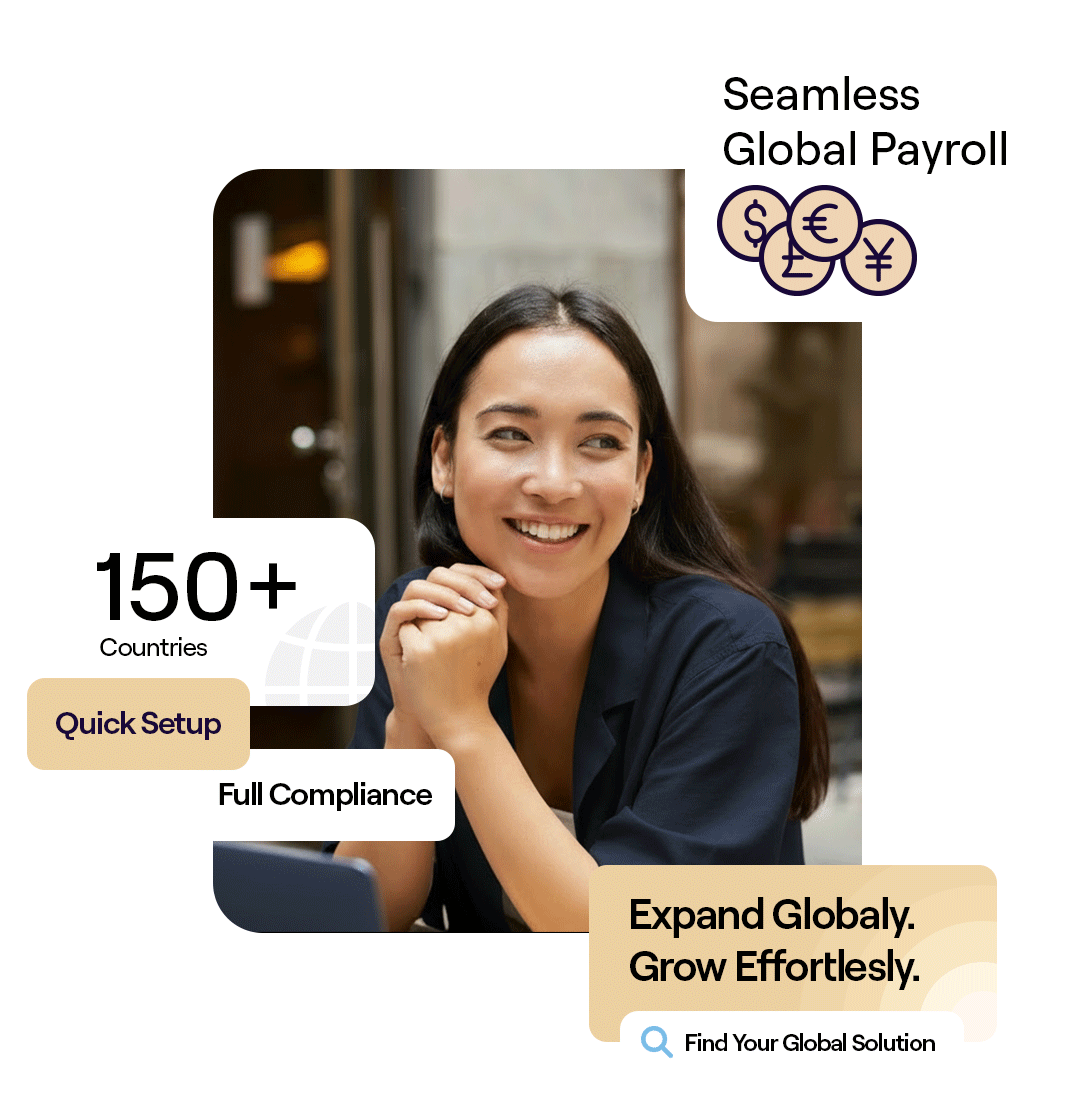Global Workforce GlossaryWholly-Owned Subsidiary
Related Terms
Foreign Subsidiary
Foreign Legal Entity
Legal Entity Rationalization (LER)
Disregarded Entity
Divestiture
In today’s interconnected business landscape, global expansion often demands more than just exporting goods or hiring remotely. Many companies establish foreign entities to operate seamlessly in international markets while maintaining control.
One of the most effective models to achieve this is through a wholly-owned subsidiary, which allows organizations to manage overseas operations independently yet under one umbrella, as a wholly owned subsidiary operates under the strategic direction of its parent company.
Understanding how this structure works can help businesses decide whether to build entities abroad or partner with global solutions like Employer of Record (EOR) services.
Table of Contents
- What Is a Wholly-Owned Subsidiary?
- How Does a Wholly-Owned Subsidiary Work?
- Key Characteristics of a Wholly-Owned Subsidiary
- What Does Indirect Wholly-Owned Subsidiary Mean?
- Is a Wholly-Owned Subsidiary Its Own Company?
- Wholly-Owned Subsidiary Advantages and Disadvantages
- What Is the Difference Between Subsidiary and Wholly-Owned Subsidiary?
- Joint Venture vs. Wholly-Owned Subsidiary
- Is a Wholly-Owned Subsidiary a Separate Legal Entity?
- Why Do Businesses Establish Wholly-Owned Subsidiaries?
- Key Best Practices for Managing Wholly-Owned Subsidiaries
- What Is an Example of a Wholly-Owned Subsidiary?
- Practical Example: Wholly-Owned Subsidiary in Action
- How PamGro Helps with Global Expansion and Subsidiary Management
What Is a Wholly-Owned Subsidiary?
A wholly-owned subsidiary is a company whose entire share capital, 100% of its stock, is owned by another company, known as the parent company.
This structure gives the parent full authority over strategic, operational, and financial decisions.
The subsidiary operates as a separate legal entity with its own accounting, management, and risk management processes, including preparation of its own financial statements .
In practice, wholly-owned subsidiaries enable businesses to expand into foreign markets, including any foreign country, without sharing control or profits with external partners. They’re common in industries like manufacturing, finance, and technology, where intellectual property, compliance, and brand consistency are key.
For example, Apple Inc. owns Apple Operations International, a wholly-owned subsidiary in Ireland for its European operations.
How Does a Wholly-Owned Subsidiary Work?
A wholly-owned subsidiary functions as an independent entity but remains fully controlled by its parent company. The parent typically provides capital investment, sets corporate governance policies, and oversees high-level strategic decisions, while the subsidiary manages day-to-day operations with its own management team .
Subsidiaries must comply with local business laws, tax regulations, and employment policies. This often requires setting up a legal entity, registering with government authorities, and maintaining local directors.
For companies not ready to establish an entity, solutions like PamGro’s EOR services offer an alternative to test new markets without entity setup acting as a compliant local employer while the parent and subsidiary companies maintain operational oversight.
Key Characteristics of a Wholly-Owned Subsidiary
Wholly-owned subsidiaries share several defining features, which are important to understand in the context of corporate structure.
- 100% Ownership: Complete control rests with the parent company.
- Separate Legal Identity: Operates as a distinct business entity.
- Own Accounting and Taxation: Maintains separate financial records and tax filings.
- Shared Strategic Goals: Aligns with the parent company’s broader business objectives.
- Independent Liability: The subsidiary’s debts and obligations typically do not affect the parent.
These characteristics allow the parent to balance control with risk isolation, a critical advantage in international expansion and compliance management.
What Does Indirect Wholly-Owned Subsidiary Mean?
An indirect wholly-owned subsidiary refers to a company owned through one or more intermediary subsidiaries rather than directly by the ultimate parent company, which may be structured as a holding company . For example, if Company A owns Company B, and Company B owns 100% of Company C, then Company C is an indirect wholly-owned subsidiary of Company A.
This layered ownership structure often helps streamline tax advantages, leverage tax benefits manage cross-border investments, or comply with foreign ownership regulations. It’s common in multinational groups with complex corporate hierarchies.
Is a Wholly-Owned Subsidiary Its Own Company?
Yes. A wholly-owned subsidiary is legally distinct from its parent company, meaning it can own property, enter contracts, and be sued independently. Despite being under full control, it operates with its own management and accounting systems.
This separation benefits both sides: the parent minimizes liability risks, while the subsidiary enjoys flexibility to adapt to local business environments. However, the parent must still ensure governance consistency and ethical standards across its subsidiaries, taking into account any cultural differences that may arise .
Wholly-Owned Subsidiary Advantages and Disadvantages
Advantages
- Complete Control: The parent company makes all decisions.
- Brand Consistency: Ensures uniform global brand standards.
- Profit Retention: All earnings stay within the corporate group.
- Strategic Flexibility: Enables customized operations for each market.
- Risk Management: Legal separation limits exposure from subsidiary liabilities.
Disadvantages
- High Setup Costs: Establishing and maintaining foreign entities is expensive.
- Regulatory Complexity: Requires understanding local laws and tax frameworks.
- Cultural Challenges: Managing local teams across borders can be difficult.
Companies looking to expand globally without incurring these challenges, including managing tax liability, often use EOR solutions like PamGro’s to hire, pay, and manage employees legally abroad without forming a subsidiary.
What Is the Difference Between Subsidiary and Wholly-Owned Subsidiary?
A subsidiary is any company, including an acquired company, where another company (the parent) owns more than 50% of its shares. A wholly-owned subsidiary, on the other hand, is 100% owned by the parent.
This difference matters for control and decision-making. In partially owned subsidiaries, minority shareholders may influence business policies or share in profits. In wholly-owned subsidiaries, the parent enjoys complete ownership and control, ensuring unified strategy execution across borders.
Joint Venture vs. Wholly-Owned Subsidiary
A joint venture (JV) involves two or more companies sharing ownership, control, and profits in a new entity, while a wholly-owned subsidiary is entirely controlled by one parent.
Comparison:
- Ownership: JV is shared; subsidiary is 100% owned.
- Decision-making: JV decisions are collaborative; subsidiary decisions are unilateral.
- Risk: JVs distribute risk; subsidiaries isolate risk within the entity.
- Market Entry: JVs are ideal when local knowledge or partnerships are critical, while subsidiaries suit companies prioritizing control and brand protection.
Global firms often begin with a JV to test a foreign market, then transition to a wholly-owned subsidiary once they understand the landscape.
Is a Wholly-Owned Subsidiary a Separate Legal Entity?
Yes. Each subsidiary has its own legal status, separate from the parent company. It can hold assets, sign contracts, and handle liabilities in its own name. This structure protects the parent from direct exposure to lawsuits or debts incurred by the subsidiary.
However, the parent must still ensure compliance across all operations. Many global firms use EOR providers like PamGro to handle employment contracts, payroll, and compliance until a formal subsidiary is established.
Why Do Businesses Establish Wholly-Owned Subsidiaries?
Companies create wholly-owned subsidiaries to gain full control over foreign operations, protect intellectual property, and secure tax advantages. Other motivations include:
- Establishing a permanent presence in lucrative foreign markets
- Reducing supply chain costs and dependency on third-party partners
- Complying with regional employment or licensing laws
- Protecting brand integrity through direct oversight
However, building subsidiaries, including managing multiple subsidiaries, can take months and require local expertise. Businesses often use EOR partners like PamGro to operate compliantly from day one, scaling faster while deciding if a full subsidiary is worth the investment.
Key Best Practices for Managing Wholly-Owned Subsidiaries
Effective subsidiary management requires strategic oversight and strong governance frameworks. Best practices include:
- Establish Clear Governance Policies: Define approval workflows, reporting lines, and communication standards.
- Maintain Separate Accounting: Keep independent books for accurate taxation and compliance.
- Conduct Regular Audits: Ensure regulatory and financial compliance.
- Leverage Local Expertise: Hire or partner with local professionals to navigate legal nuances.
- Integrate Risk Management Systems: Identify operational, legal, and financial risks early.
PamGro’s global HR infrastructure and compliance expertise help businesses seamlessly transition from EOR operations to setting up wholly-owned subsidiaries, integrating parent and subsidiary operations once they’re ready for permanent presence.
What Is an Example of a Wholly-Owned Subsidiary?
A well-known example is Google India Private Limited, a wholly-owned subsidiary of Alphabet Inc. It manages Google’s local operations, marketing, and services in India while adhering to Indian corporate laws. Another example is IBM Japan, owned entirely by IBM Corporation, which operates under Japanese corporate governance but follows global brand and compliance standards.
These subsidiaries allow the parent to serve local markets efficiently while retaining total operational control, tax compliance, and oversight of the subsidiary’s assets cultural alignment.
Practical Example: Wholly-Owned Subsidiary in Action
A U.S. SaaS company, seeking to expand into the Asia-Pacific region, decided to open a wholly-owned subsidiary in Singapore. The parent provided full capital and installed its leadership team to ensure brand and operational consistency. The new entity handled local sales, customer support, and hiring.
Although it gained full control, the process took over eight months due to registration, tax, and compliance approvals. The company later collaborated with an EOR provider like PamGro for other markets, reducing setup time and costs while maintaining compliant hiring in multiple countries.
This hybrid approach allowed the company to test markets via EOR first and establish subsidiaries only where long-term viability was proven.
How PamGro Helps with Global Expansion and Subsidiary Management
Setting up and managing a wholly-owned subsidiary can be resource-intensive. PamGro simplifies this journey by enabling companies to:
- Hire talent globally without creating a local legal entity
- Ensure full compliance with employment and tax laws in over 150 countries
- Transition from EOR to entity ownership seamlessly when ready
- Reduce costs and time-to-market through streamlined onboarding and payroll
With PamGro’s expertise, businesses can explore new markets confidently starting lean, scaling fast, and building subsidiaries only when it makes strategic sense.
Hire the Best Talent, Anywhere






